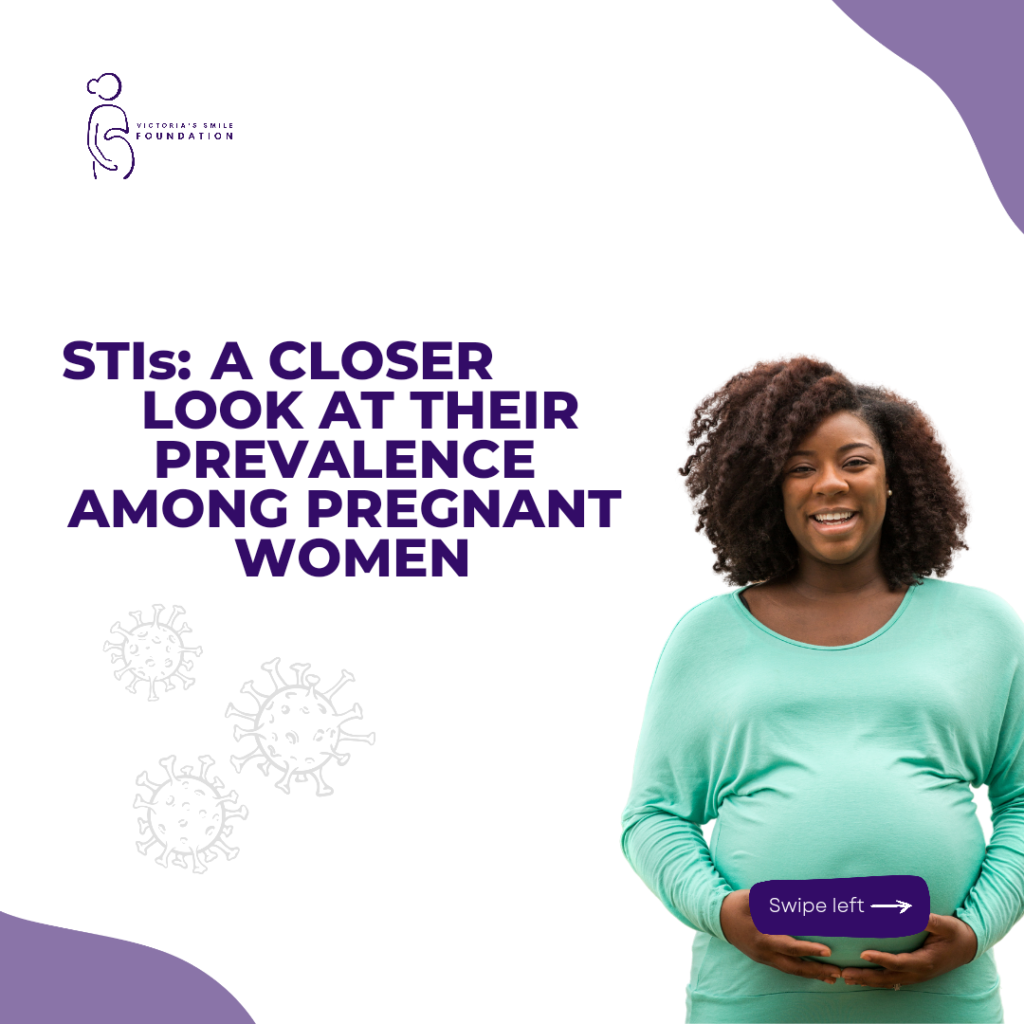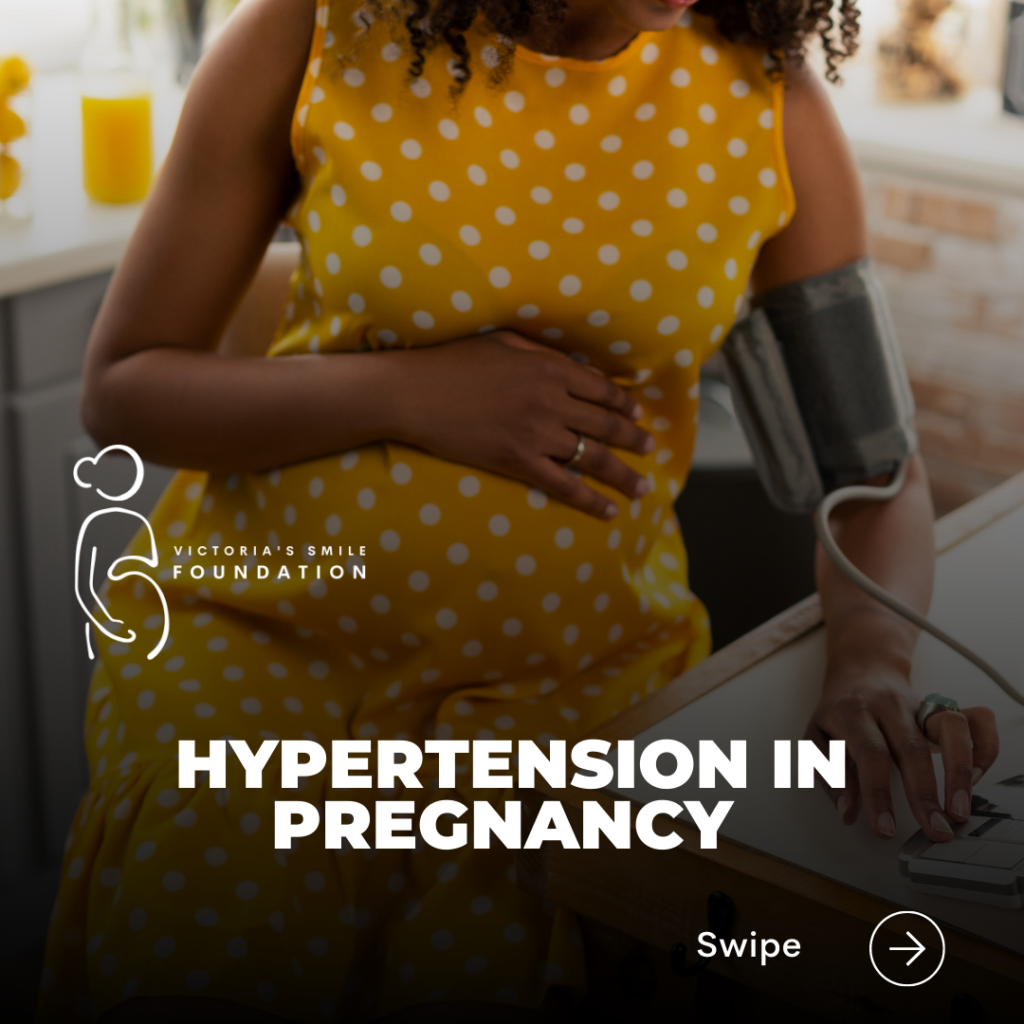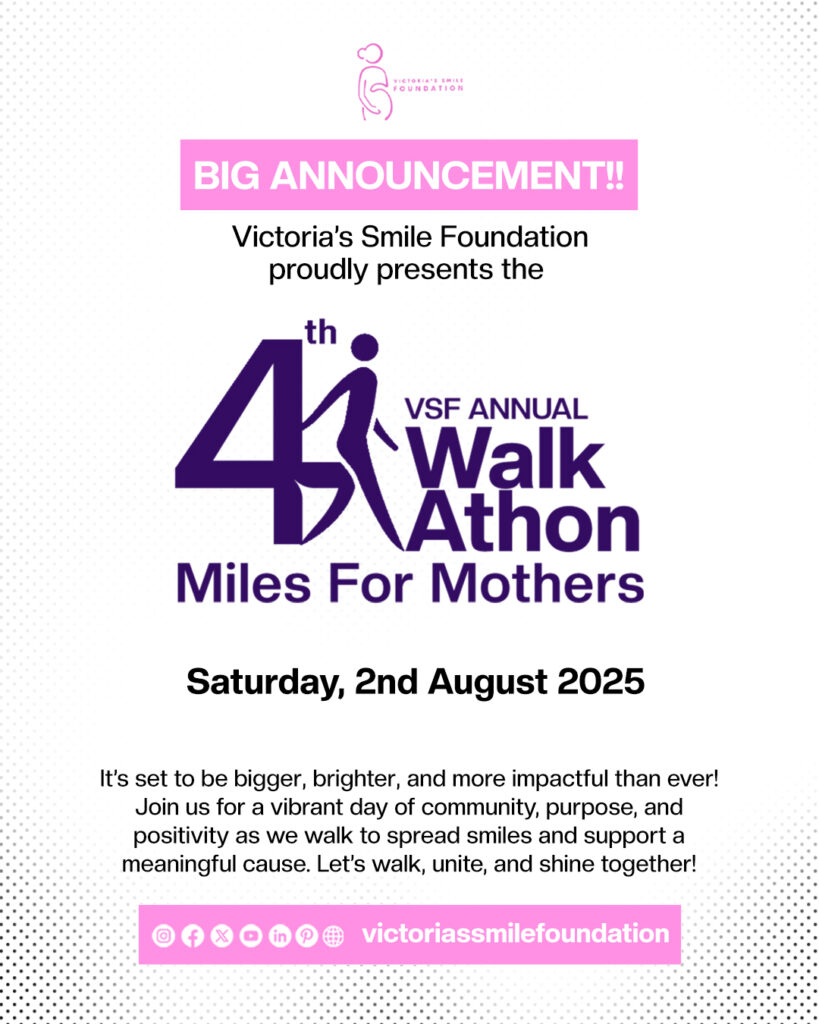Greetings, lovely readers! We are thrilled to be back with yet another informative piece today, exploring the critical topic of high-risk pregnancies.
A high-risk pregnancy is characterised by increased health concerns for either the expectant person, the foetus, or both. Various factors, such as specific health conditions and age (being either over 35 or under 17 during pregnancy), can elevate the risk level of a pregnancy. Those facing high-risk pregnancies often require additional care both before and after childbirth, all in the interest of minimising the chances of complications.
Now, let’s delve into the prevalence of high-risk pregnancies. According to statistics, approximately 50,000 individuals in the United States encounter severe pregnancy complications each year. It’s noteworthy that Black individuals are about three times more likely to face pregnancy-related complications leading to mortality compared to their white counterparts.
But, before you become overly concerned, please know that a pregnancy classified as high risk doesn’t automatically imply that you or your baby will encounter issues. Many individuals with special health needs have experienced healthy pregnancies, smooth labour, and uncomplicated deliveries.
So, what factors contribute to a pregnancy being labelled as high risk? These include:
- Pre-existing health conditions.
- Pregnancy-related health conditions.
- Lifestyle factors, such as smoking, drug addiction, alcohol abuse, and exposure to specific toxins.
- Age (being either over 35 or under 17 when pregnant).
Here are some signs and symptoms of a high-risk pregnancy. If you experience any of these during pregnancy, irrespective of your pregnancy classification, it’s essential to promptly consult your healthcare provider:
Persistent abdominal pain.
Chest pain.
Dizziness or fainting.
Overwhelming fatigue.
A noticeable decrease or halt in the foetus’s movements.
Fever exceeding 100.4°F.
Heart palpitations.
Severe nausea and vomiting that surpasses typical morning sickness.
Persistent or worsening severe headaches.
Swelling, redness, or pain in your face or limbs.
Breathing difficulties.
Vaginal bleeding or unusual discharge.
You can take proactive steps to reduce the risk of pregnancy complications by:
- Avoiding the use of drugs and alcohol.
- Identifying potential health risks before conceiving. Be sure to inform your doctor about both your familial and personal medical history.
iii. Maintaining a healthy body weight before becoming pregnant.
- Effectively managing any pre-existing health conditions you may have.
- Strategically planning pregnancies within the ages of 18 to 34.
That concludes our discussion for today. We eagerly anticipate your company in our next exciting episode. Until then, take care and farewell for now.




